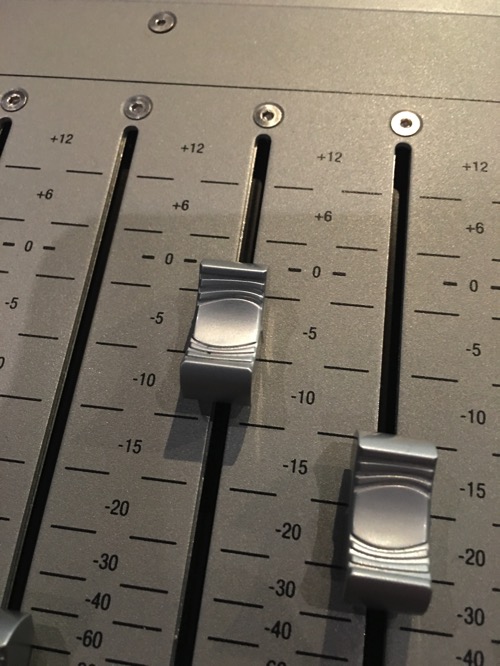
QuickTip: Overdo It

Training your ears is one of the most difficult parts of improving at audio. Details take time to perceive within the whole sound picture we hear, but those details are often what separate the aspiring engineers from the experts. I think there’s an easy way to get better at this, though:
Overdo it and then dial it back.
A common example cited for this approach is reverb. A lot of engineers will advise you to turn your reverb up until you can hear it discretely, and then pull it back until it just barely disappears. This is where the reverb will be felt more than heard which is a common use for reverb because in many cases we don’t want our listener to “hear” the reverb. We want them to feel the effect of it on the original sound.
A good check after this is to mute the reverb and turn it back on. If you’ve done it right you’ll notice a difference turning it off and should prefer the sound when it is on. Over time you shouldn’t need to overdo things as much. You should start to almost intuitively set the level right where you want it because you’ll perceive these details more easily.
This technique doesn’t just work for reverbs, though. You can use it with compressors, distortion boxes, saturation devices, and more. In some cases it would probably even work for EQ.
I mention this because I’ve noticed a lot of engineers can get really timid in setting things. A lot of us preach on how you shouldn’t overdo things, and there’s truth to that to some degree. An unfortunate side-effect of that, though, is we’ve instilled fear in a lot of engineers to really crank on processing. I don’t think you’ll ever know the limits if you don’t test them, though. Plus, you might be surprised at how much processing it takes to make something work. I often tell attendees at workshops and training seminars not to look at the EQ curve I often put on a bass guitar because they look all sort of wrong a lot of the time.
Now, I wouldn’t use this approach in the middle of an event. Nothing ever stopped me from doing this during a rehearsal or soundcheck, though. If you’re overdoing things on a PA, you might also want to use a bit of caution before you turn something way up in volume. Most of the PA’s I run into these days seem to have a fair amount of headroom in them and limiting in place to protect the speakers, but there are rigs out there that probably shouldn’t get pushed. If you keep everything at a comfortable listening level while you’re overdoing things, you should be safe.
I’d love to know how this works for you. Leave me a comment or reach out on social media and let me know.
If you find this helpful or know someone you think would benefit from this, please share the article.

 Previous Post
Previous Post


